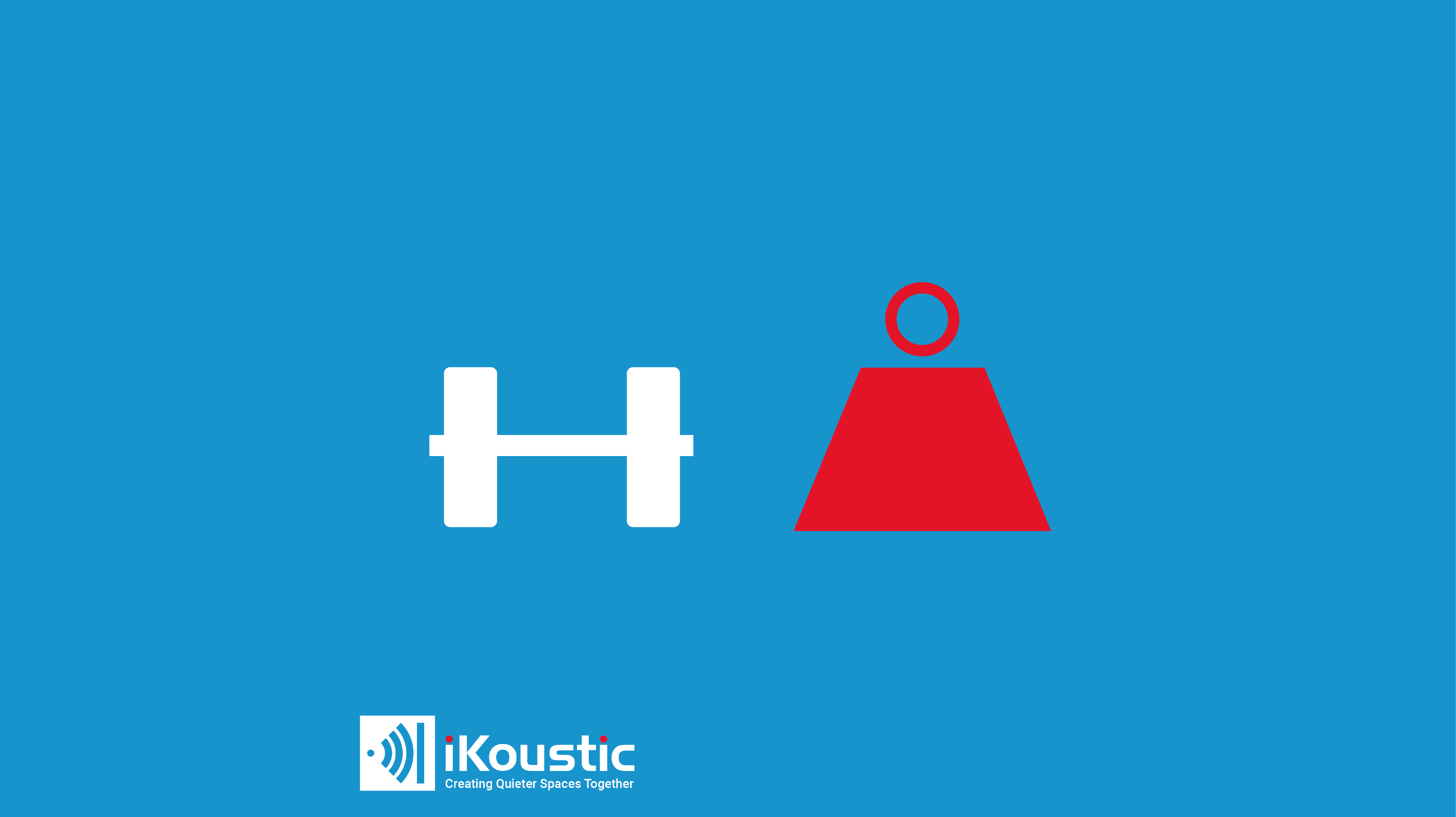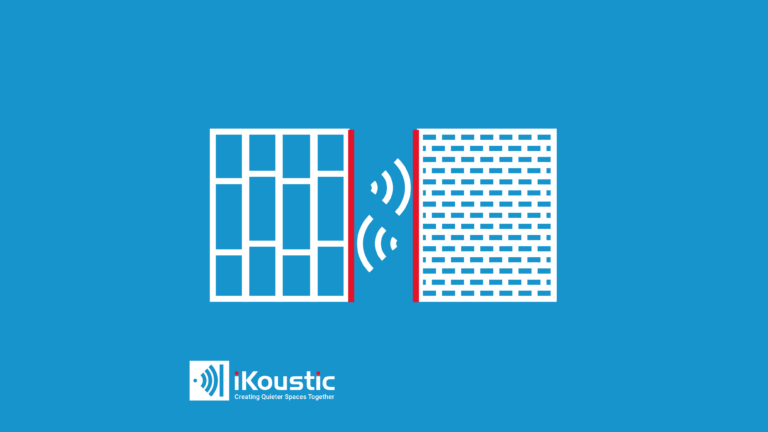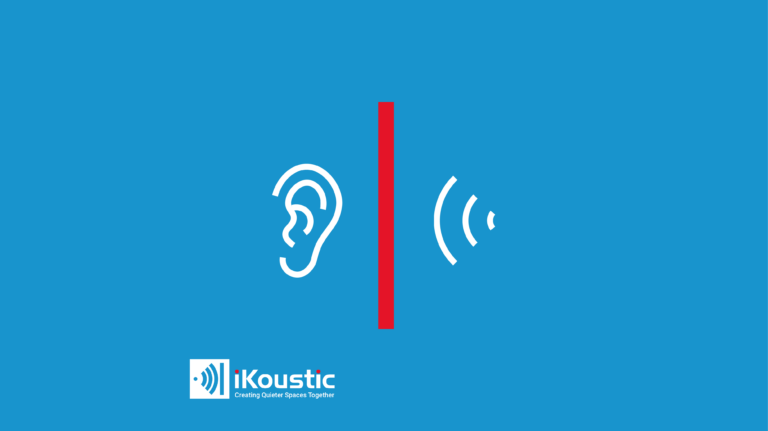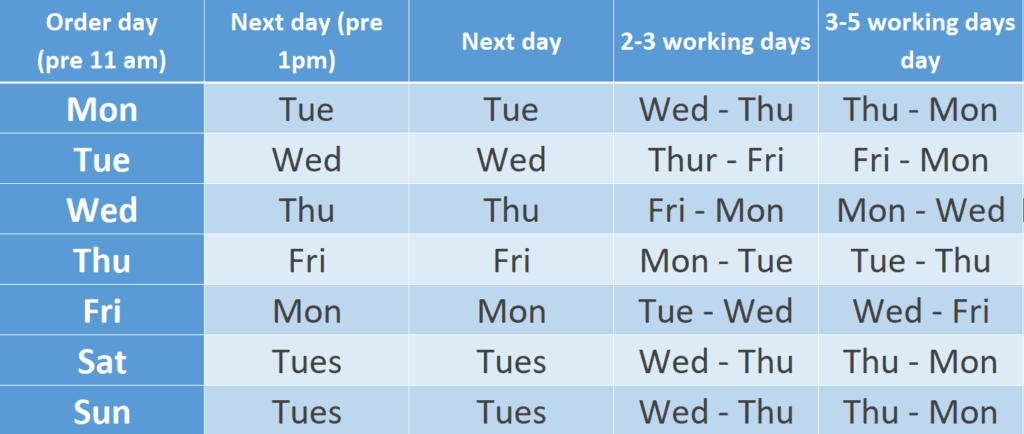Adding Acoustic Weight to Gym Designs
Adding Acoustic Weight to Gym Designs
Its that time of the year again where New Year resolutions lead to fitness commitments and Gym memberships soar!
AND to cater for this massive surge of enthusiasm there has been an exponential explosion of Gyms across the UK.
These new Gyms are often in Mixed Use Developments such as in hotels, shopping centres, industrial units, above shops, more accessible and open for increasingly longer hours. Sounds like heaven? Well not if you live next door to a badly designed one.
Gyms can range from sizeable independent commercial gyms through to unmanned 24/7 single room micro gyms for residents in apartment city centres. Whilst different in size they share 5 common issues that need resolving to cohabit peacefully with their neighbours
Location, Location, Location.
With Gyms comes a high level of both impact and airborne noise.
Often bass heavy music is accompanied by the dropping of heavy weights and thudding heels, especially as excited burpees come into play.
From an acoustic perspective, gyms would ideally be located well away from any residential/commercial sensitive areas… However, this is often not possible and gyms are increasingly being located in mixed-use developments adjacent to habitable areas for convenience… and… increased Gym memberships.
In this situation it is imperative that good acoustic planning and excellent Sound Insulation and Sound Absorption are all designed in from the start. Whilst good planning can often be common sense… like NOT planning a weight lifting gym above a yoga studio. It is useful and cost effective to secure the services of an acoustic specialist such as iKoustic to help develop a plan that is viable. Of course iKoustic can still get involved to help rectify issues, but this can often be disappointingly expensive compared to thorough planning.
In most cases high performance acoustic materials and installation are needed for separating wall and floor constructions. Products such as our MuteGym™ 70 give excellent separation between the floor and general footfall and weights activities.
Size, Shape and Type of Noise
Some gyms will generate more noise than others. This depends on the type of activity, the number of people participating and the type of activities and equipment used in the gym.
- Free-weights areas – high impact noise from free-weights impacting on the floor or kit.
- Large fitness classes – loud pumping music raises the airborne noise levels with the instructors voice often amplified plus the high levels of impact noise from up to 100 people exercising together.. Imagine .. Jump jump jump .. That might be 10 tonnes jumping up and down on a ceiling above you?
- Machine-weights areas – can generate high metallic noise levels from weights hitting together plus the actual impact noise transferring into the structure.
- Cardio-machine areas, bikes, rowing machines, Jogging machines – These, whilst still quieter will together generate a significant level of noise.
The key two areas we tend to home in on when evaluating the overall maximum requirements tend to be music levels for the airborne noise maximum and Free Weights for the impact noise maximum
Acoustic Design Targets
To minimise the risk of complaints regarding gym noise, we recommend that new mixed-use developments are designed so that noise from the gym is generally inaudible in adjoining dwellings. This is a much higher level of sound insulation than the minimum requirements in Part E of the Building Regulations. Inaudibility is particularly difficult to quantify as it is dependent on the background noise levels and the Gym may not yet have been built. In these cases iKoustic use nominal design targets such as …
Design targets for maximum gym noise levels in habitable rooms of adjoining residential properties:
Daytime (0700-2300hrs) – 20 dB LAmax
Night-time (2300-0700hrs) – 10 dB LAmax
Control of impact Sound Transmission
Free-weights areas and gym classes can generate high levels of impact noise, which, if untreated will travel easiliy through the building structure and disturb adjoining residents. Impact noise from gyms is difficult to quantify (requiring an accelerometer) and predict and therefore a “best practice” approach is generally proposed whereby the following anti-vibration treatments are included within the gym design:
- Cardio machines, weights machines – Machines placed on resilient floor matting such as MuteGym™ 32 and MuteStop™ to reduce impact noise between weights
- Free-weights areas – Resilient floor systems such as MuteGym™ 70 and MuteBloc™
- Group gym class areas – Floor systems ranging from MuteCradle floors withMuteGym™ 51 through to more specialised spring loaded floors.
Even with the treatments listed above, it may be necessary to impose management restrictions regarding, for example, the hours that the gym can be used, and it is still recommended that gyms are not located directly above residential units wherever possible.
MuteStop™
MuteBloc™
Reverberation Control
Reverberation treatments to walls and ceilings should also be considered for gyms to provide good quality acoustic environments. This is particularly important for group class areas where speech intelligibility between the teacher and class members is important, by reducing the amount of reverberation and echo, products found under our sound absorption section will all help with creating a conducive training environment that is quieter and stylish.








